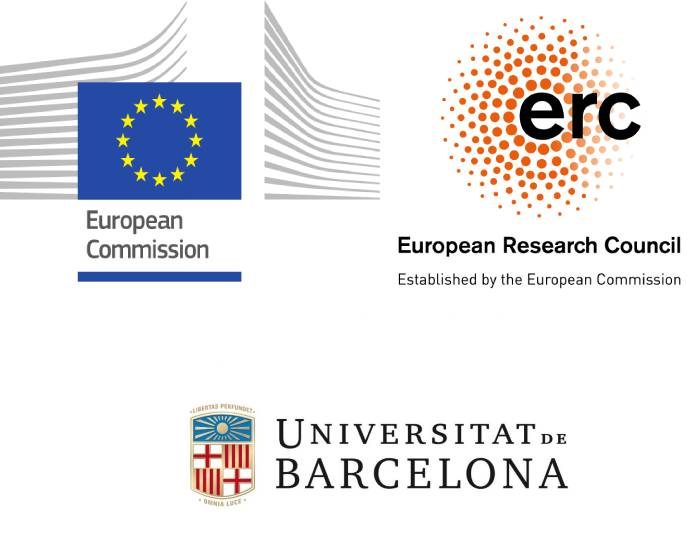About
The EU-funded CAPA project will undertake interdisciplinary research to address the open and practical problems singularities cause in incompressible fluids. Researchers will use numerical analysis, computer-assisted proofs and modern methods to compute partial differential equation solutions and carry out harmonic analysis. This approach is essential for treating singularities in incompressible Euler equations and surface quasi-geostrophic equations, as well as in spectral geometry applications. “CAPA’s” findings could lead to the development of very powerful theorems describing incompressible fluids and may solve problems that cannot be addressed currently through conventional methods.
The goal of this proposal is twofold: on the one hand to pursue methods and ideas developed in recent work in the search for either singularities or global existence in incompressible fluids with finite energy and on the other transfer the techniques to solve long-standing open problems in spectral geometry. A key ingredient in its success is to have accurate numerics together with a deep understanding of the regularity theory. Therefore, the interdisciplinary nature of this project, which involves numerical computations, computer-assisted proofs, modern PDE methods and harmonic analysis, is an essential ingredient for the successful outcome.
This proposal is divided in three blocks, the first two involving global existence and/or singularities for: the incompressible Euler and Navier-Stokes equations; the surface quasi-geostrophic (SQG), the generalized-SQG equations and related models; and a third one on applications to spectral geometry. There is a strong analogy between the SQG and the 3D Euler equations, and many results that hold for the former also hold for the latter.
A major theme is the interplay between rigorous computer calculations and traditional mathematics. Interval arithmetics are used as part of a proof whenever they are needed. As evidence of its capabilities, new techniques to show singularities in PDE related to fluid mechanics – even in low regularity settings or involving singular integrals – have been developed. Eigenvalue problems are also now amenable to computer-assisted proofs. This is a completely novel approach that can be blended with more classical ones, resulting in very powerful theorems solving problems that can not be treated currently with pen and paper methods.

